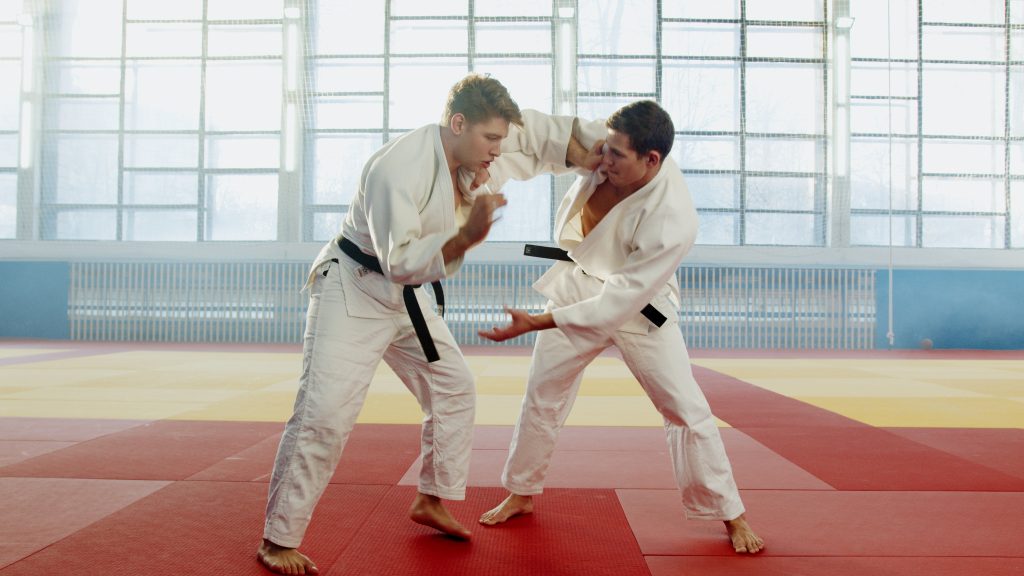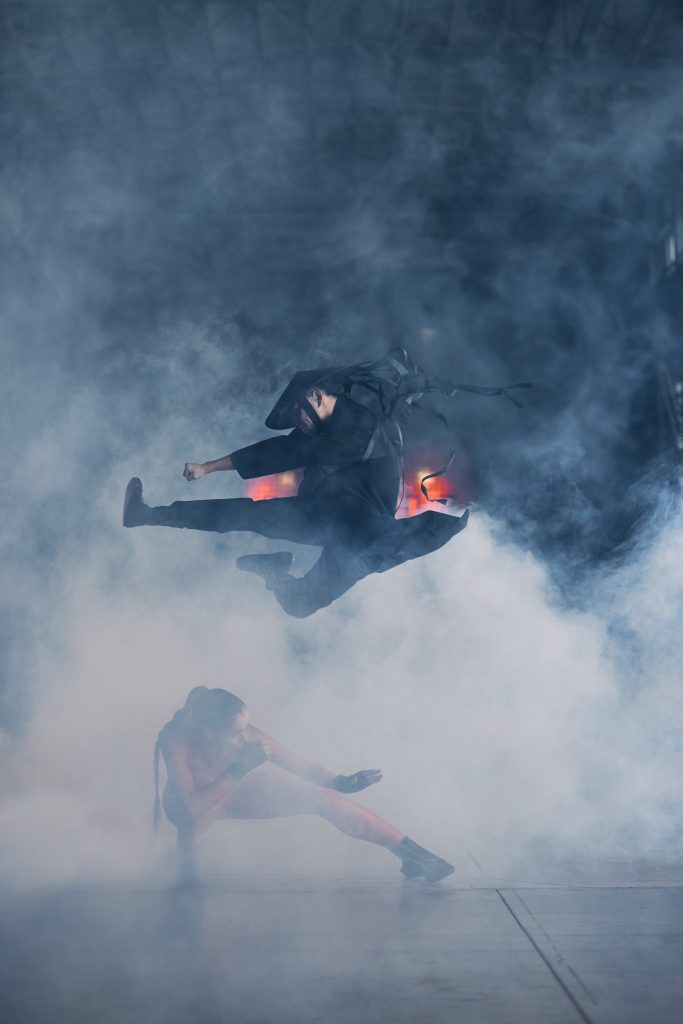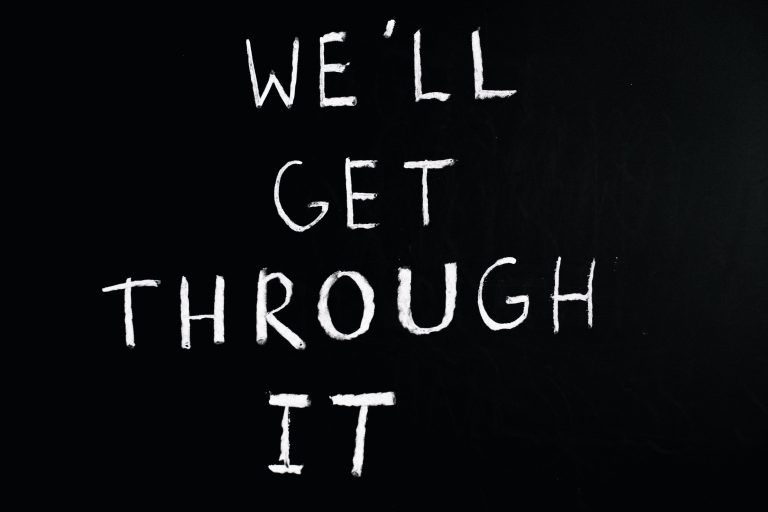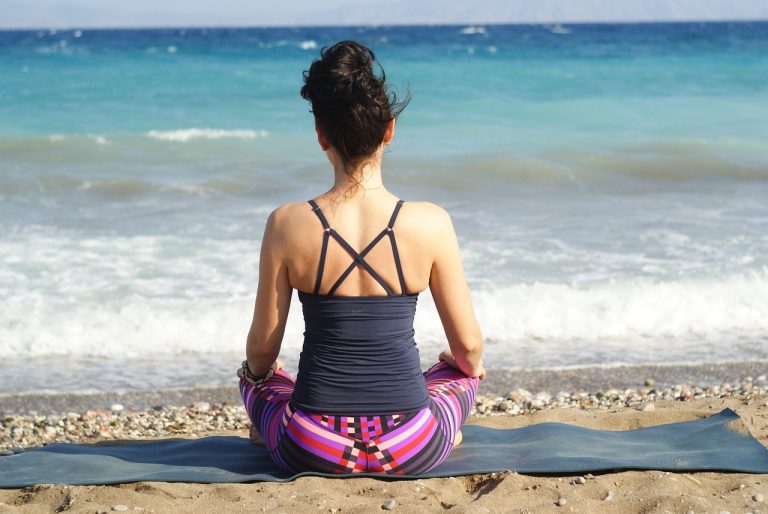If you’ve ever wondered which Martial Art is the perfect fit for a beginner like yourself, look no further. This article aims to shed light on the best Martial Arts styles that cater to beginners, helping you make an informed decision on the path to embark on. From the dynamic kicks of Taekwondo to the controlled movements of Judo, we’ll explore various options that will empower you to learn and grow in the martial arts world. So, let’s dive into this exciting journey and discover the perfect art form for you.
Table of Contents
ToggleFactors to Consider
Fitness Level
When deciding on which martial art is best for beginners, it is crucial to consider your fitness level. Some martial arts require a higher level of physical fitness and athleticism, while others may be more suitable for individuals who are just starting their fitness journey. It’s important to be realistic about your current abilities and choose a martial art that aligns with your fitness goals and capabilities.
Interest and Motivation
Another important factor to consider is your interest and motivation. The best martial art for beginners is one that you are genuinely interested in and passionate about. If you enjoy the training and find it motivating, you are more likely to stick with it and achieve your goals. Take some time to explore different martial arts styles and find one that resonates with you.
Goals and Objectives
Before diving into any martial art, it is essential to identify your goals and objectives. Do you want to learn self-defense techniques? Are you interested in competing in tournaments? Do you want to improve your physical fitness? Each martial art has its own focus and emphasis, so it’s important to choose one that aligns with your goals. For example, if your goal is self-defense, you may gravitate towards martial arts that have a heavy focus on practical techniques.
Accessibility and Availability
Lastly, consider the accessibility and availability of the martial arts styles in your area. It’s important to have access to a reputable training facility with experienced instructors who can guide you in your martial arts journey. Research the local options and check if the schedules, locations, and pricing align with your needs. Being able to attend regular classes is crucial for progress and skill development.
Popular Martial Arts Styles for Beginners
Karate
Karate is a popular martial art that originated in Okinawa, Japan. It focuses on striking techniques using punches, kicks, knee strikes, and elbow strikes. Karate emphasizes discipline, respect, and self-control. It is a great martial art for beginners as it provides a solid foundation in striking and offers practical self-defense techniques.
Taekwondo
Originating in Korea, Taekwondo is known for its dynamic kicking techniques. It emphasizes speed, agility, and flexibility. Taekwondo offers a combination of high-energy workouts and self-defense training. It is an excellent martial art for beginners because it not only improves physical fitness but also teaches discipline, respect, and perseverance.
Brazilian Jiu-Jitsu
Brazilian Jiu-Jitsu (BJJ) focuses on grappling and ground fighting techniques. It emphasizes leverage and technique over strength, making it suitable for individuals of all sizes and fitness levels. BJJ is an effective self-defense martial art that teaches you how to defend yourself while on the ground. It is a popular choice for beginners because it provides a practical set of skills and enhances both physical and mental attributes.
Boxing
Boxing is a martial art that solely focuses on punches and hand strikes. It is characterized by its high-intensity training, footwork, and defensive techniques. Boxing is an excellent martial art for beginners as it improves cardiovascular fitness, hand-eye coordination, and upper body strength. It is also widely available, making it a convenient choice for many individuals.
Muay Thai
Originating in Thailand, Muay Thai is a martial art that combines strikes with the use of knees, elbows, shins, and fists. Known as the “Art of Eight Limbs,” Muay Thai is a highly physical and intense martial art. It focuses on conditioning and strength training, making it a great option for individuals looking to improve their fitness level. Muay Thai is suitable for beginners who seek a high-energy workout and want to learn effective striking techniques.
Krav Maga
Developed for military and self-defense purposes, Krav Maga is a practical and modern martial art. It focuses on real-world scenarios and teaches efficient and effective self-defense techniques. Krav Maga incorporates a combination of striking, grappling, and defenses against various forms of attacks. It is an excellent martial art for beginners who want to build practical self-defense skills quickly.
Judo
Judo is a martial art that emphasizes throws, takedowns, and ground techniques. Developed in Japan, it focuses on utilizing an opponent’s energy and strength against them. Judo is a great martial art for beginners as it teaches discipline, respect, and control. It also enhances physical fitness by incorporating full-body movements and improving balance and coordination.
Kung Fu
Kung Fu is a traditional Chinese martial art that incorporates a wide range of techniques, including strikes, kicks, joint locks, and throws. There are many different styles of Kung Fu, each with its own unique characteristics and training methods. Kung Fu is suitable for beginners as it improves overall fitness, flexibility, and coordination. It also promotes mental discipline and cultivates an understanding of Chinese philosophy and culture.
Capoeira
Originating in Brazil, Capoeira is a unique martial art that combines elements of dance, acrobatics, and music. It is characterized by its dynamic kicks, sweeps, and fluid movements. Capoeira is an excellent choice for beginners as it improves balance, flexibility, and coordination. It also fosters a sense of community and creativity, making it a fun and engaging martial art to learn.
Aikido
Aikido is a Japanese martial art that focuses on redirecting an opponent’s energy and utilizing joint locks and throws. It is a non-aggressive martial art that emphasizes harmony and the avoidance of direct confrontation. Aikido is a suitable choice for beginners as it improves balance, flexibility, and coordination. It also teaches principles of relaxation and mindfulness, promoting both physical and mental well-being.
Comparing Martial Arts Styles
Fighting Techniques
Each martial art style has its own unique set of fighting techniques. Karate, Taekwondo, and Muay Thai, for example, prioritize striking techniques, while Brazilian Jiu-Jitsu and Judo focus more on grappling and ground fighting techniques. Boxing, on the other hand, solely focuses on punches and hand strikes. Understanding the different techniques associated with each martial art style can help you choose one that aligns with your interests and goals.
Physical Demands
Different martial arts styles have varying physical demands. Some martial arts, such as Muay Thai and Capoeira, require a high level of cardiovascular fitness, strength, and flexibility. Others, such as Aikido and Judo, place more emphasis on balance, coordination, and technique. Consider your current fitness level and the physical demands of each martial art when choosing the right style for you.
Training Structure
The training structure of each martial art style can also differ. Some styles, like Karate and Taekwondo, follow a traditional belt ranking system to mark progress and skill development. Others, like Brazilian Jiu-Jitsu and Muay Thai, focus on continuous practice and regular sparring sessions. Understanding the training structure and expectations of each style can help you choose one that aligns with your preferences and learning style.
Self-Defense Application
If learning self-defense is a priority for you, it’s important to consider the self-defense applications of each martial art style. Some styles, like Krav Maga and Brazilian Jiu-Jitsu, prioritize real-world self-defense scenarios and techniques. Others, such as Kung Fu and Aikido, focus more on the principles of defense rather than direct confrontations. Evaluate the practicality and effectiveness of self-defense techniques when choosing a martial art style.
Competitive Opportunities
If you are interested in competing and testing your skills, it’s worth considering the competitive opportunities available within each martial art style. Boxing, Muay Thai, Taekwondo, and Brazilian Jiu-Jitsu, for example, all have active competition circuits. On the other hand, some styles like Aikido and Capoeira may not have as many competitive opportunities but offer other benefits such as community and artistic expression.
Philosophical and Cultural Influences
Different martial arts styles have unique philosophical and cultural influences that can enhance the overall martial arts experience. For example, Aikido incorporates principles of harmony, balance, and mindfulness derived from Japanese culture. Kung Fu draws inspiration from Chinese philosophy and traditional practices. Consider the cultural and philosophical aspects associated with each style to find one that resonates with you on a deeper level.
Choosing the Right Martial Arts Style
Assessing Personal Fitness Level
When choosing a martial arts style, it is crucial to assess your personal fitness level. Consider your cardiovascular endurance, strength, flexibility, and overall physical condition. If you are a beginner and have lower fitness levels, styles like Karate, Taekwondo, and Aikido may be more suitable. If you are already physically fit or willing to work on building your fitness, you can opt for more physically demanding styles like Muay Thai or Brazilian Jiu-Jitsu.
Identifying Interests and Goals
Identifying your interests and goals will help you choose a martial arts style that aligns with your personal preferences. If you are interested in striking techniques and want to improve your cardiovascular fitness, boxing or Muay Thai may be a good fit. If you prefer grappling and ground fighting techniques, Brazilian Jiu-Jitsu or Judo might be more appealing. Reflect on what aspect of martial arts excites you the most and what you hope to achieve by practicing a martial art.
Considering Practicality and Real-World Applications
If self-defense is a priority for you, it’s important to consider the practicality and real-world applications of each martial art style. Some styles, like Krav Maga and Brazilian Jiu-Jitsu, are known for their effectiveness in real-life confrontations. Consider the specific self-defense techniques taught in each style and evaluate their practicality in real-world scenarios.
Evaluating Available Training Facilities
The availability and quality of training facilities in your area should also be taken into consideration. Look for reputable martial arts academies with experienced and qualified instructors. Visit different facilities if possible, observe classes, and speak with instructors to get a sense of their teaching style and approach. It’s important to have access to a supportive and motivating training environment to maximize your learning and progress.
Benefits of Martial Arts for Beginners
Physical Fitness and Conditioning
Engaging in martial arts training provides numerous physical fitness and conditioning benefits. Martial arts involve a combination of cardiovascular exercise, strength training, and flexibility exercises. Regular practice improves endurance, boosts cardiovascular health, increases muscle strength and tone, and enhances flexibility. In addition, martial arts training burns calories, helps with weight management, and contributes to overall physical well-being.
Self-Defense Skills
One of the primary reasons people choose to learn martial arts is to acquire practical self-defense skills. Many martial arts styles teach techniques and strategies to defend oneself effectively in real-life situations. By learning martial arts, beginners gain confidence in knowing that they have the tools necessary to protect themselves and their loved ones if the need arises.
Confidence and Self-Esteem
Martial arts training can have a positive impact on an individual’s confidence and self-esteem. As beginners progress and master new techniques, they gain a sense of accomplishment and self-assurance. Through consistent practice, individuals become more confident in their physical abilities, which translates to increased self-esteem in other areas of life as well.
Discipline and Focus
Martial arts training requires discipline and focus, both of which are valuable skills that can be applied to all aspects of life. Regular practice teaches beginners the importance of consistency, perseverance, and setting and achieving goals. Martial arts also demand mental concentration and present moment awareness, which can improve focus and concentration in everyday activities.
Stress Reduction and Mental Well-being
Engaging in martial arts training provides an outlet to release stress and improve mental well-being. The physical activity involved in martial arts releases endorphins, the body’s natural feel-good hormones, which can help alleviate stress, anxiety, and depression. The focused and disciplined nature of martial arts training can also promote mental clarity and reduce mental fatigue.
In conclusion, choosing the best martial arts style for beginners requires careful consideration of factors such as fitness level, interest, goals, accessibility, and availability. Each martial arts style offers unique benefits and focuses on different techniques and philosophies. By assessing personal fitness level, identifying interests and goals, considering practicality and real-world applications, and evaluating available training facilities, beginners can make an informed decision. Engaging in martial arts training provides physical fitness, self-defense skills, confidence, discipline, and stress reduction benefits. Whether you choose Karate, Taekwondo, Jiu-Jitsu, Boxing, Muay Thai, Krav Maga, Judo, Kung Fu, Capoeira, or Aikido, the journey of learning a martial art is a fulfilling and rewarding experience.







